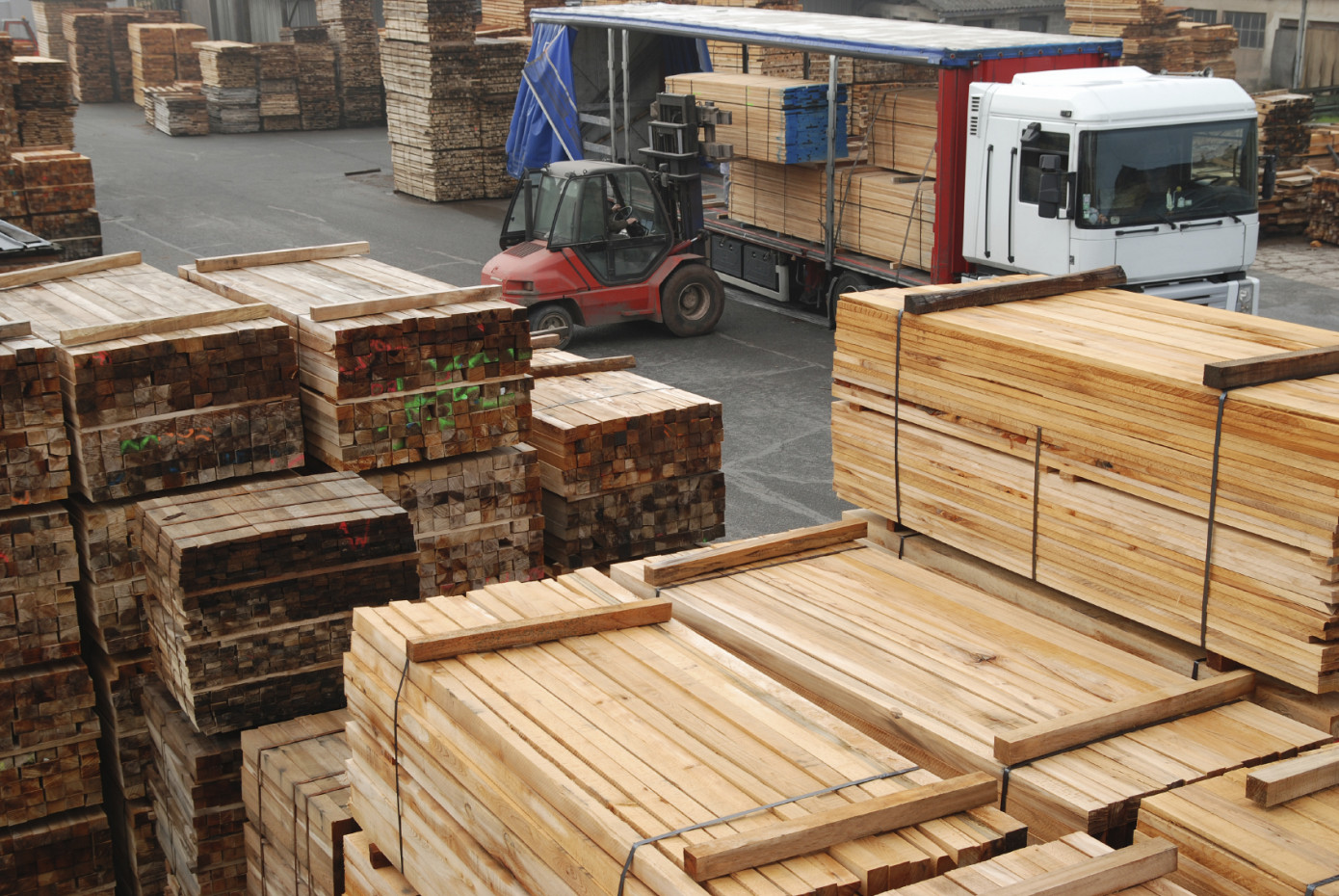In recent years, supply chain constraints and an unexpected surge in home improvement related to COVID have helped buoy the industry, which is well accustomed to boom-bust cycles. Now, higher interest rates resulting in reduced construction and consumer spending are weighing on lumber demand in Europe, North America, and developed Asia, according to the O’Kelly Acumen.
Housing starts, a major driver of US lumber demand, are expected to fall by 10-25% in 2023 before recovering in 2024-2025. In the EU, confidence in the construction sector has sharply dropped in 2023, largely due to higher interest rates impacting the cost of financing projects. The European Central Bank announced a 0.25 percentage point raise in the key interest rate on June 15, bringing it to 4%. According to a survey of forecasters, rates are expected to remain elevated well into 2025. Construction and housing sectors in Japan and Korea are also depressed.
Demand in the US fell by 3% in 2022 and is forecast to decline a further 6% in 2023 before returning to growth in 2024. The forecast indicates a larger and more prolonged contraction in Europe, with demand declining by more than 10% from its peak in 2021 to a trough in 2025.
Meanwhile, the ongoing war in Ukraine is reshaping global trade flows of lumber and resulting in cost inflation for inputs, including energy, and in some regions, sawlogs. In 2021, Russia represented 11% of global production of softwood lumber and 22% of exports. Trade restrictions imposed by Western countries on Russia are forcing Russian sawmills to redirect more exports towards China, thus making the Chinese market more competitive for European and Canadian exporters. For sawmills in the west of Russia, the long trade route to China is proving costly, and sawmills throughout Russia will struggle with import bans on Western harvesting and sawmill equipment.
Lower demand and cost inflation will have an impact on sawmills globally. Two key export regions were already experiencing challenges. Export from Canada, the source of around 80% of US lumber imports, is expected to decline as sawmills in British Columbia face tighter margins and reduced sawlog availability. Central Europe, including Germany, the Czech Republic, and Austria, will see sharp reductions in lumber production in the aftermath of the spruce bark beetle infestation, which resulted in significant damage to forests in the region in recent years. Only the US South is expected to perform relatively strongly in the next few years, with a cost advantage and annouced capacity expansion of 5 million cubic meters (11%) from 2022 to 2024.
The higher interest rates resulting in reduced construction and consumer spending are weighing on lumber demand in Europe, North America, and developed Asia.
Sawmill industry globally faces challenging markets in coming years

Image: Depositphotos